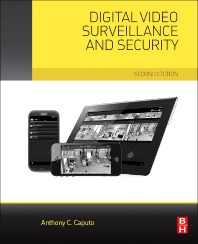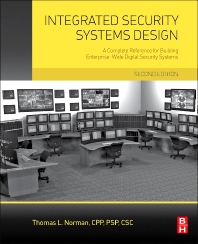EMERgency24 offers solutions for schools, as well as other campus-type applications. The Incident Command and Control is a two-way mass communication system that works either as a stand-alone system that generates software-based signals or in conjunction with hardware emergency-blue “pull stations” and mobile pendants.
As a third-party monitoring station, Emergency 24’s Incident Command and Control, which also incorporates professional monitoring, is sold to end users such as school districts, university campuses, hospitals, corporate campuses and other large buildings, through security dealers.
When an alarm is activated by a system or generated by the incident command portal, security personnel and building occupants with the highest administrative levels (management, principals, security, maintenance, etc.) are immediately notified of the incident via the various messaging methods.
The notification will identify the type of emergency that happened and provide a link to a floor plan showing where the incident occurred in the facility. That message also contains links to get driving directions to the facility (for police response) and access to the secure Internet portal from which two-way mass communication is facilitated.
From the secure, online incident command portal, instructions for building occupants can be sent and recipients can reply to the messages by email or text to provide onsite intelligence. Security personnel can also be given access to onsite video feeds to track perpetrators and visually assess the situation in real-time.
Because building occupants are able to reply to the messages they receive, they can have a “digital conversation” with the incident commanders. Those responses could indicate where there are injuries or even contain photographs to help identify the perpetrators or let police know how many perpetrators they are dealing with when they arrive.
Ongoing two-way communication between the contact groups can be maintained throughout the incident until the “all clear” message is delivered.
Alarm contractors can market this service to existing subscribers or to facilities in which you don’t have the account because it can be a stand-alone system that is not tied to any specific hardware. That means alarm contractors can use the equipment they are most comfortable with and all that’s needed to initiate this system is receipt of a signal at the central station to start the initial notification process.




